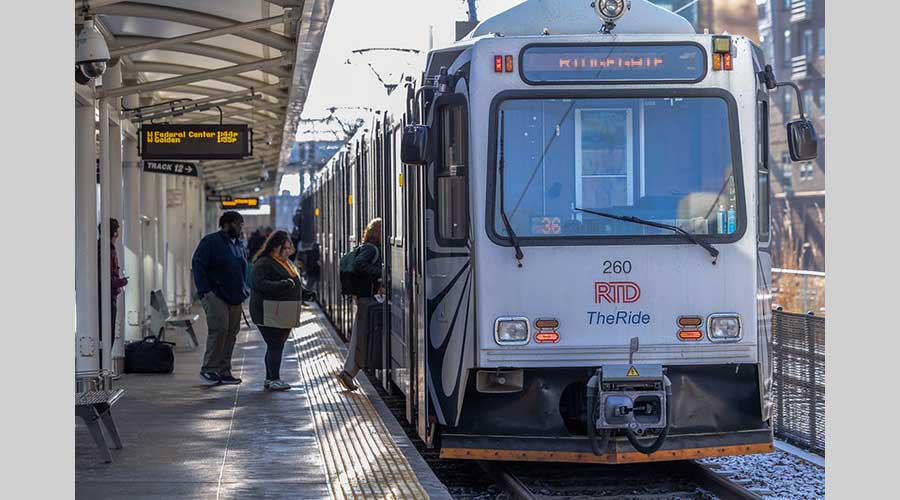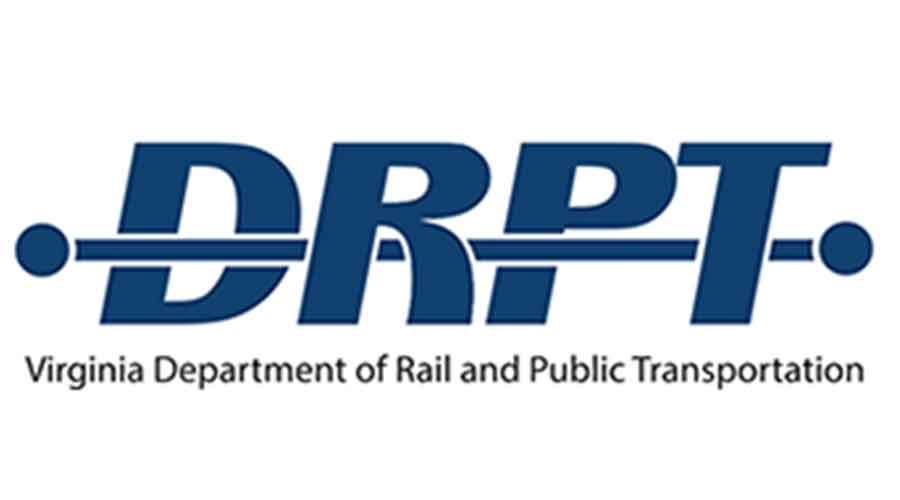Stay updated on news, articles and information for the rail industry
 railPrime
railPrime
5/23/2024
Rail News: Federal Legislation & Regulation
FRA issues reports on long-train safety, performance

The Federal Railroad Administration yesterday finalized three reports on the safety and performance of long trains.
The FRA recently sent the reports to the National Academy of Sciences (NAS) to inform an ongoing NAS study mandated by Congress in the Infrastructure Investment and Jobs Act of 2021 to look at the impact of trains longer than 7,500 feet.
"As the length of freight trains increases, the need and demand for accurate, actionable data on long trains – some of which can stretch up to 3 miles – has never been greater," said FRA Administrator Amit Bose in a press release.
Bose added: "FRA is leading the push for more transparency and data in this area, and through our collaboration with stakeholders in labor and the rail industry, we are ensuring that freight-rail operations can operate safely and efficiently without putting rail workers and communities in potentially harmful situations."
The FRA reports include findings from tests conducted on air brake racks and the air brake system of a stationary train to examine how the length of long trains affects air brake system behavior and performance. FRA’s research team also conducted tests on a moving train to better understand the dynamic performance of long trains and to collect data on train dynamics and brake system performance.
Titled Phase II, Phase III and Phase IV, the reports are available online. The research found air brake systems performed largely as expected when testing was performed under ideal circumstances and in a controlled environment.
However, the reports identified negative impacts on safety and performance. Key findings include:
• Phase II of testing, using only head-end power, found that the likelihood of unintended brake releases was higher with longer trains and that increased train lengths led to slightly slower brake response times;
• Phase III of testing found that distributed power train configurations achieve better braking capability than only head-end power on long train operations;
• Phase IV of testing found when long trains climbed a grade, certain sections of the train consist experienced elevated buff forces and coupler forces, which can influence how a train behaves and impact the safe handling of trains with distributed power;
• Phase IV of testing concluded that further testing is needed to identify potential safety gaps when operating long trains in non-ideal operating conditions; and
• The research team also made clear in Phase IV, the final phase of testing, that additional research, testing and analysis is recommended to provide a better understanding of how long trains impact the durability of rolling stock mechanical components.
Contact Progressive Railroading editorial staff.


 2025 MOW Spending Report: Passenger-rail programs
2025 MOW Spending Report: Passenger-rail programs
 Gardner steps down as Amtrak CEO
Gardner steps down as Amtrak CEO
 Guest comment: Oliver Wyman’s David Hunt
Guest comment: Oliver Wyman’s David Hunt
 Women of Influence in Rail eBook
Women of Influence in Rail eBook








